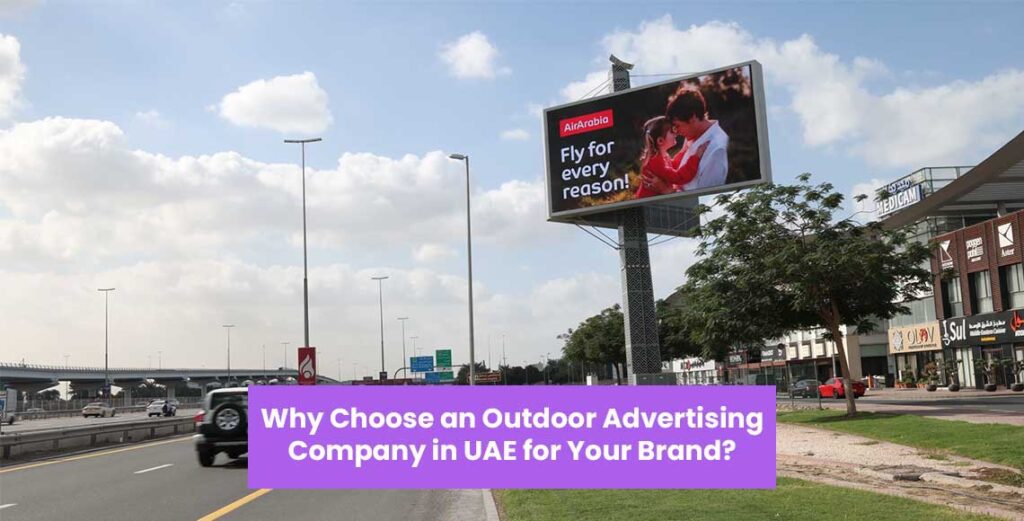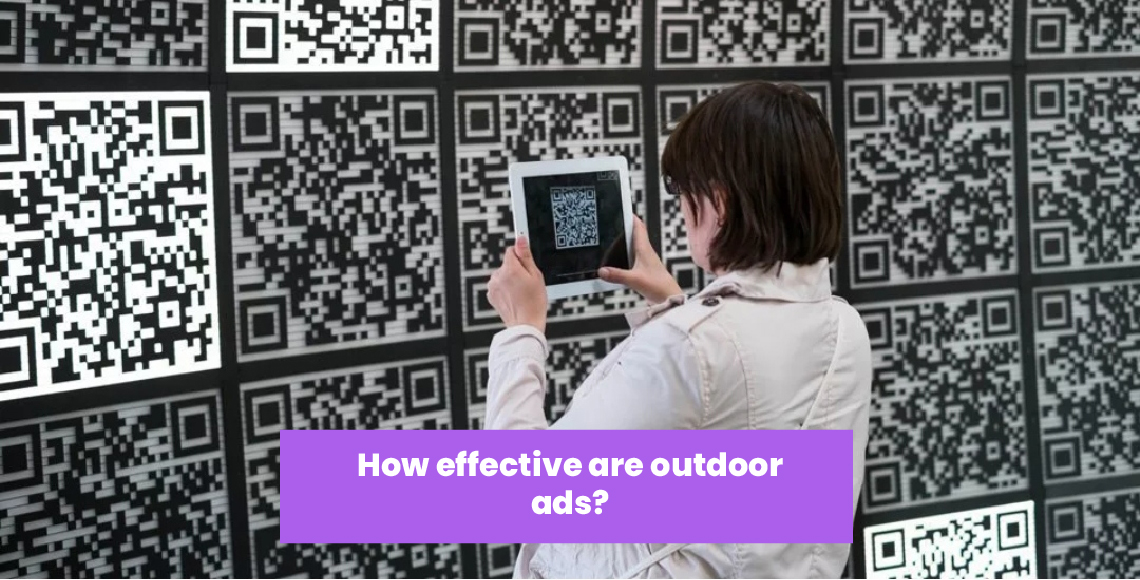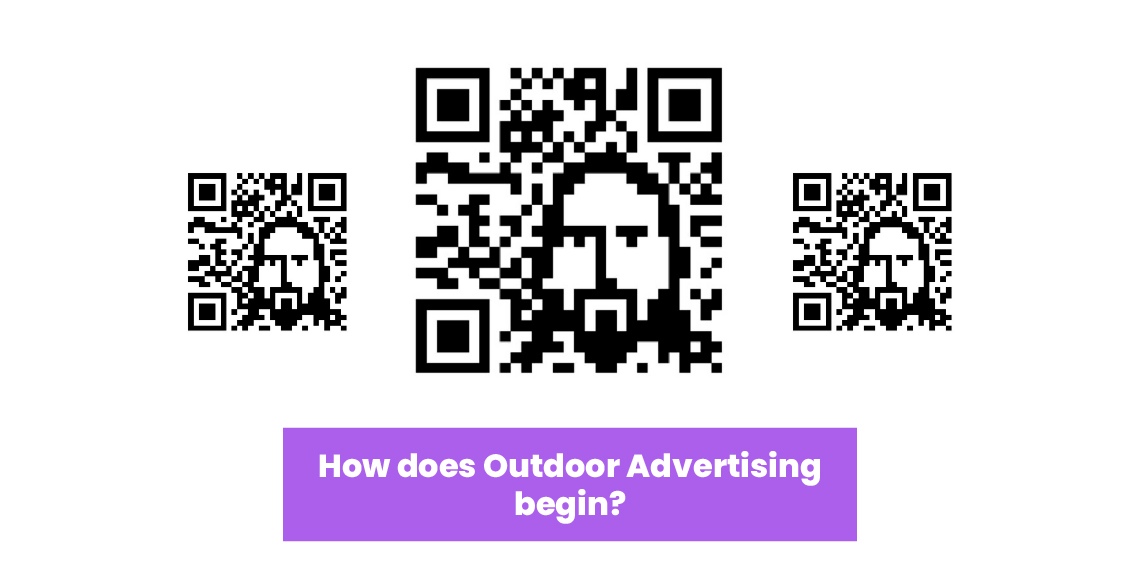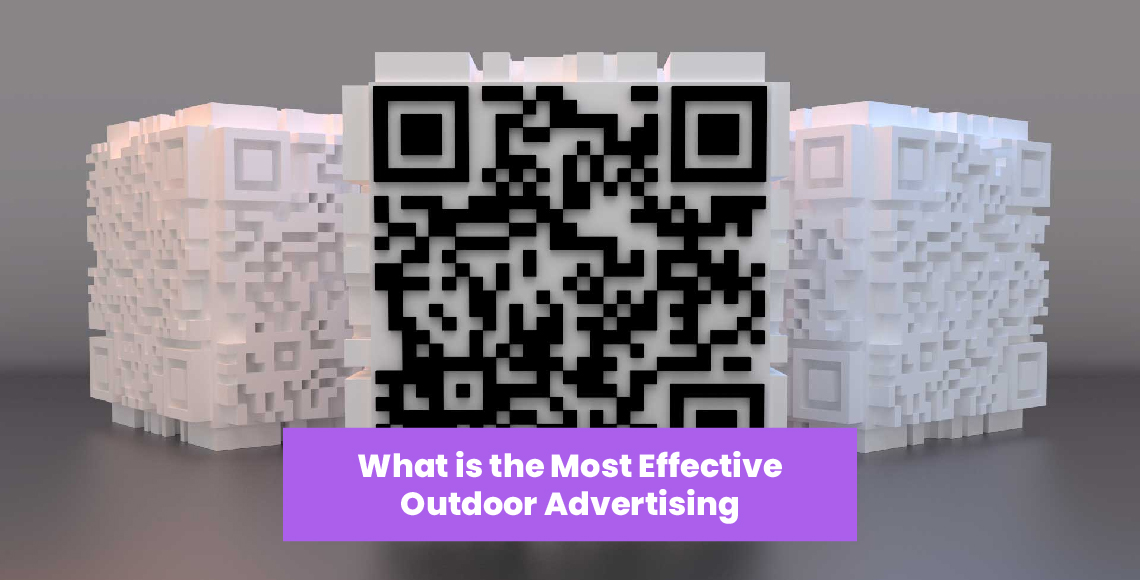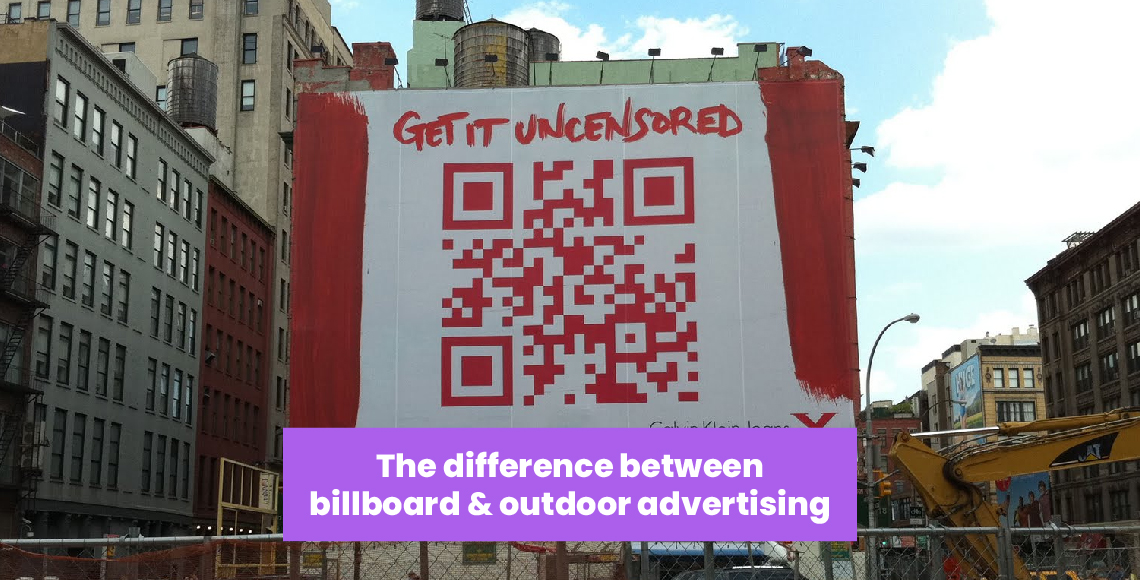Outdoor advertising has always been a potent tool for being exposed to a large segment of people and leaving a lasting impact on customers.
Outdoor commercials must be optimized for smart devices in today’s modern world, as smart devices rule our lives.
Developing optimized outdoor media guarantees that your message successfully engages passers-by, boosts business recognition, and connects the real and smart worlds.
In this article, we’ll look at the relevance of outdoor ads, the influence of optimization, and essential tactics for creating eye-catching optimized outdoor commercials that produce results.
How effective are outdoor ads?
Advertising outdoor, commonly referred to as outside-the-home (OOH) advertising media, which is set by an advertising company occupies a distinct placement in the marketing landscape.
It is the digital outdoor advertising that reaches customers when they are on the move, away from home, and cannot avoid or block information.
Billboard advertising, transit advertising, street lamps, and digital displays dominate urban environments, providing chances for marketers to communicate with a varied audience.
OOH commercials may be viewed by 99% of individuals in the United States each week, based on the Outdoor Ads Association of America (OAAA).
Outdoor Advertising Signs Types
Effective outdoor advertising encompasses a diverse array of formats and strategies, each tailored to capture the attention of specific target audiences and maximize exposure.
Some prominent types of include billboards ads, which are large, static displays often positioned along highways and high-traffic areas; transit ads, which includes advertising products on buses, subways, taxis, and other forms of public transportation.
Street furniture ads, involving ads on benches, bus shelters, and kiosks; DOOH ads, which is the outdoor advertising refers to ads employs smart screens to display dynamic content in various locations; and event sponsorship, where companies engage with consumers at events, festivals, or high-traffic areas.
Outdoor advertising includes each of these types, which has its unique advantages and can be strategically employed to reach specific demographics and locations.
Before Designing Mobile Optimized Ads
The pervasiveness of mobile phones has altered how people connect with their surroundings. Ordinary individuals spend a lot of their free time on their smartphones or tablets, consuming material, seeking information, and connecting with social media.
Outdoor advertising campaigns must be developed with optimization at its core to close the gap between physical and smart interactions.
Company may successfully broaden its exposure and growing engagement by doing so.
Read also: 6 Models for Outdoor Advertising Evolution
Designing Mobile Optimized Outdoor Ads Strategies
Setting strategies for creating optimized outdoor advertisements is critical for linking your advertisements campaigns with consumer behavior, improving engagement, collecting useful data, and remaining competitive in a continuously changing business field.
Through designing for devices, you enable your business to interact with customers in both the physical and modern worlds.
1. Readability & Clarity
Outdoor advertisements are frequently seen at a distance and while moving. As a result, simplicity is essential.
Use short, simple titles with big characters and little content. Viewers will respond better to an obvious message.
2. Artwork of High Quality
Attracting attention requires a strong visual appeal. Use photos with high resolution that are related to your business and message.
Ensure that visuals are clear and appealing even when seen from a distance.
3. Vibrant Colors
Color choices that generate variety and ensure visibility should be used. High-contrast colors let your message shine out even in low-light situations.
4. Consistency in Branding
Maintain consistent business exposure throughout all advertising materials. To strengthen a business’ identification and awareness, apply your brand’s colors, typefaces, and logo.
5. CTA (Call to Action)
Include a clear and appealing call to action that encourages audiences to take action. The CTA should be brief and easy to remember, whether it’s browsing a website, scanning a code with a QR code, or joining social media accounts.
6. Information Based on Location
Use location-based data to make your adverts more contextually relevant. To enhance your connection with the audience, include surrounding landmarks, locations, or local attractions.
7. Elements That Are Mobile-Friendly
Include aspects that promote smart engagement. Include QR links, SMS quick codes, or hashtags for passers-by to utilize online to connect with your brand.
8. Iterate & test
Evaluate your optimized outdoor advertisements with a limited audience before launching a large campaign. Collect comments and insights to improve the design and strategy for ideal effect.
Read also: Environmental Impact of Outdoor Advertising
How does Outdoor Advertising begin?
Outdoor advertising has a long history and has developed into numerous forms throughout time.
While it is difficult to determine the exact first type of outdoor advertising, it is widely acknowledged that outdoor advertising in some form has been utilized for millennia.
Here’s a rundown of some of the first kinds of outdoor advertising:
- First kinds of Outdoor Advertising
The first kinds of outdoor advertising may be traced back to ancient civilizations, when store owners utilized signage and symbols to identify their trades and products.
These posters were frequently put outside of businesses to entice clients.
- Painted Wall Murals
Painted wall murals on the sides of buildings were a popular type of outdoor advertising in the nineteenth century, particularly in metropolitan areas.
Passers-by may be drawn in by these large-scale ads.
- Outdoor Billboard Advertising
Billboard ads are big outdoor advertising displays that gained popularity in the late nineteenth and early twentieth century.
During this period, the first standardized billboards, as we know them now, began to appear in the United States.
Read also: Engaging Customers with Interactive Outdoor Ads
What is the Most Effective Outdoor Advertising?
The premier outdoor advertising types depend on your specific objectives. If you aim to grow company name visibility on a busy highway, a billboard ad might be your best choice.
If you want to engage with a local audience in a particular neighborhood, street furniture ads could be more effective. Combining more than one type of advertising outdoors as part
of an integrated marketing strategy is also common.
As for which type of outdoor advertising is the best, it depends on various factors, including
Your ad goals, target audience, and budget.
Here’s a short rundown of some popular types:
- Billboards Advertising
Billboards ads is a form of advertising, or an outdoor ads media that is great for increasing brand exposure and reaching a large audience, especially along highways and busy streets. They are highly visible yet rather motionless.
Transit-related digital advertising
May be successful for outdoor advertising industry and reaching commuters on trains, subways, and other kinds of public transit.
Digital Out-of-Home
Which is outdoor advertising offers displaying dynamic material on modern screens. It’s extremely adaptable and can be adjusted in real time, making it ideal for time-sensitive advertising and interactive campaigns.
Street Furniture Advertising
Specific targeting and attracting the attention of people in specific places are perfect for ads on seats, bus shelters, and kiosks.
Event Sponsorship
Engaging with customers at celebrations and events allows for direct connection and engagement, which lends itself to the creation of unforgettable experiences. It expresses the type of effective control of outdoor advertising types.
The difference between billboard & outdoor ads
Outdoor advertising and billboard advertising are connected yet have different distinctions.
Billboard advertising is the employment of big, fixed, and typically lighted billboards strategically placed along highways, busy streets, or high-traffic areas.
These billboards usually include eye-catching images and slogans that are designed to draw the attention of passing vehicles and pedestrians.
Outdoor ads, on the other hand, is a larger word that encompasses a number of advertising strategies that target consumers outside of their homes.
This includes billboards, but also transit advertising (on buses, trains, and transit shelters), street furniture advertising (such as benches and kiosks), and even guerilla marketing activities.
Billboard advertising is, in essence, a subset of outdoor ads, which comprises a broader variety of creative and location-based marketing tactics to engage potential buyers in outdoor settings.
Read also: Outdoor Advertising: Beyond Billboards
Conclusion
The connection between outdoor ads and optimization for smart devices is critical in today’s linked society.
Any outdoor advertising company can create an easy transition from physical to modern engagement by creating advertising that appeals to a tech-savvy audience.
Remember that the cornerstones of successful optimized outdoor ads are simplicity, high-quality graphics, and smart design components. As technology advances, implementing these methods will ensure that outdoor advertising strategies stay relevant and effective in the modern era.
So, make use of the influence of the placement of outdoor ads, optimize for smart devices, and let your brand capture viewers both on the streets and online.
Contact Royal Vision Media!
With Our Help, You Can Turn Your Vision Into Royalty! For Unparalleled Creative Excellence, Contact us Royal Vision Media Advertising Agency Today.

